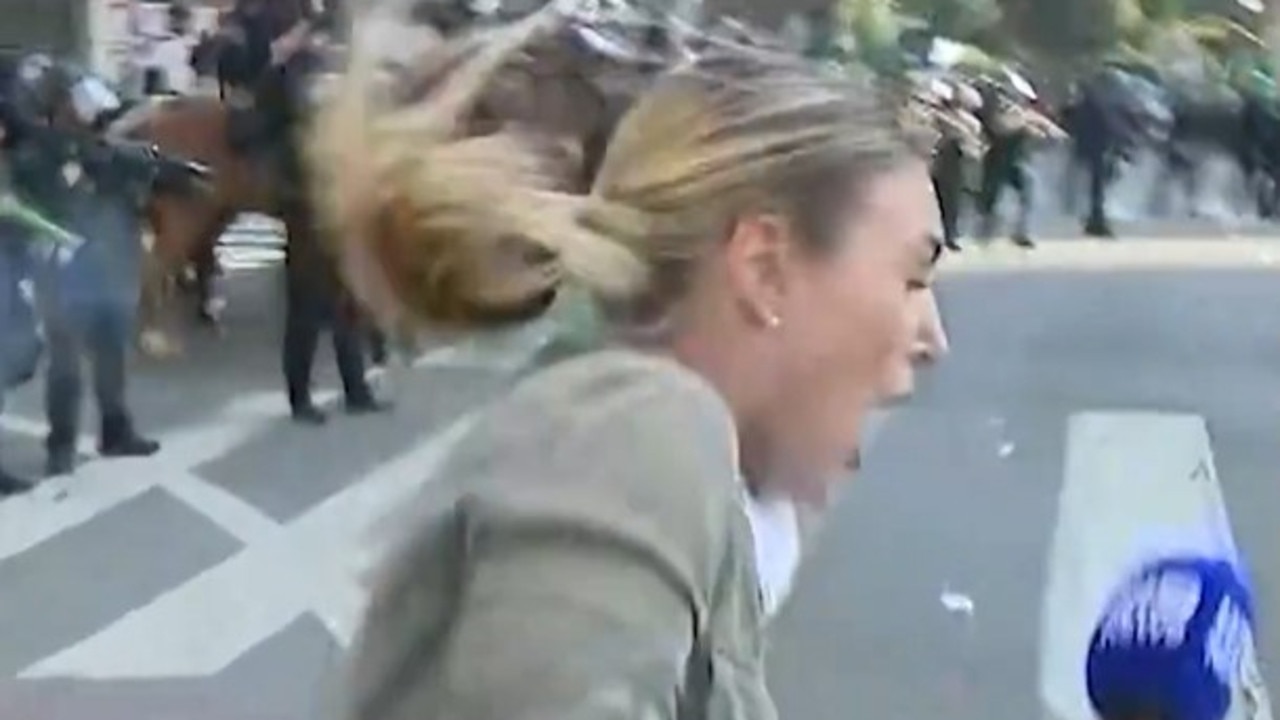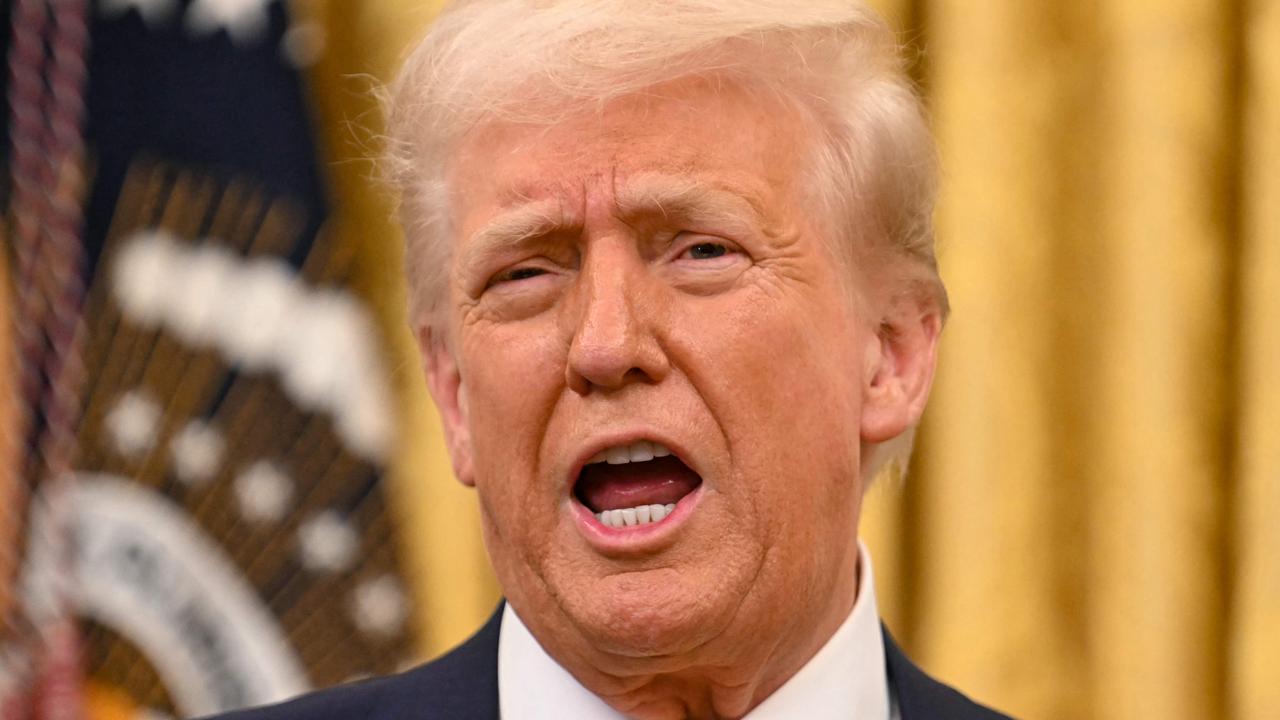Kyle Rittenhouse trial: Confrontations outside courthouse as jury dismissed for the day without reaching a verdict
The trial of a teenager that has divided America has come down to a crucial stage, but not without a bizarre moment in the courtroom.
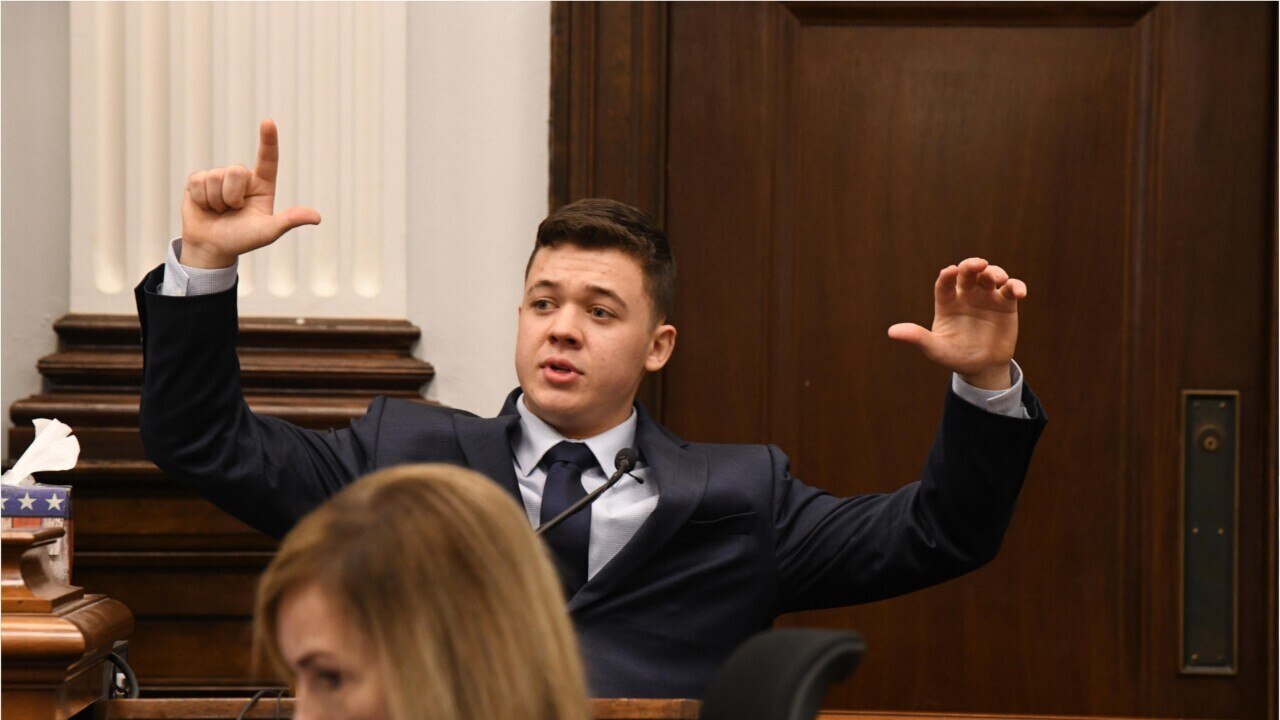
There will be no decision on one of the most polarising criminal cases in America today as the jury in the Kyle Rittenhouse case was dismissed for the evening without reaching a verdict— they will return again tomorrow.
The jury had been in deliberations for roughly seven hours before they were dimissed.
They are being asked to decide the fate of Rittenhouse an American teenager who shot dead two men and wounded another during protests and riots against police brutality last year in the Wisconsin city of Kenosha.
They will decide whether the 18-year-old is a “wannabe soldier” went looking for the trouble, or a concerned citizen who came under attack while trying to protect property.
Kenosha County Circuit Judge Bruce Schroeder said the jurors asked to break for the evening.
Jurors in the case will not be sequestered, Schroeder said.
“Now you’re in deliberation and the rules are the same as they were before with the additional provision that you can’t talk with anybody about the case. Even if all twelve of you, by happenstance end up at the same place. Some bowling alley, or restaurant or something. You’re not allowed to talk about the case, even with all twelve,” Schroeder told the panel before dismissing them for the evening.
Stream the Rittenhouse trial live & on demand on Flash. New customers try 14 days free >
A jury of 18 people heard the case in a Kenosha courtroom not far from where the shootings occurred.
The jury was whittled down to the final 12 on Tuesday, in a quirky procedure that saw Rittenhouse himself drawing folded slips of paper with juror numbers out of a drum to determine which six would be excluded from deliberations — a move that has been dubbed unusual by lawyers and local media.

The numbered slips determined which of the 18 people who sat in judgment during the trial would decide his fate and which ones would be dismissed as alternates. The Chicago Sun-Times reports that this task is usually done by a courtroom clerk, not the defendant.
Confrontations outside courthouse
Two demonstrators are seen outside having a confrontation on the steps outside of the Kenosha County Courthouse, where jurors are deciding the fate of Kyle Rittenhouse
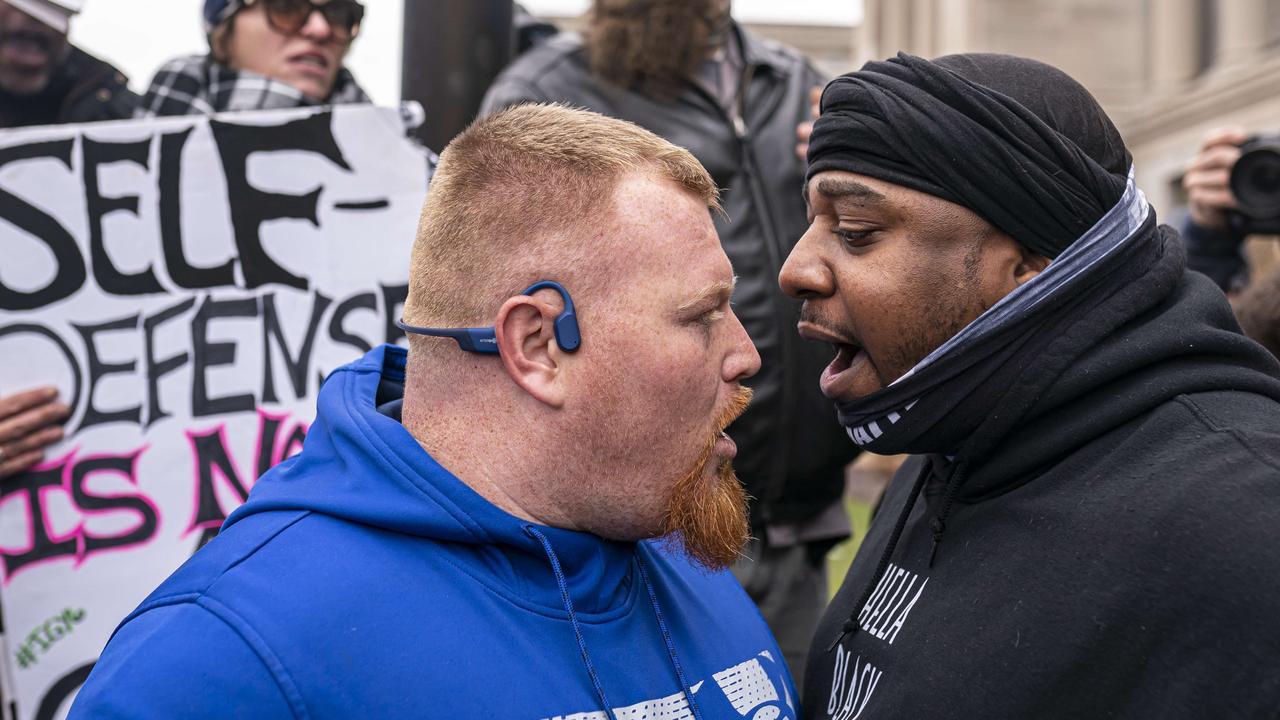
“If Kenosha don’t get it, shut it down†chants outside the courthouse, as the Rittenhouse trial nears conclusion here in Wisconsin #Kenoshapic.twitter.com/EhWxuJcVXc
— Brendan Gutenschwager (@BGOnTheScene) November 16, 2021
KENOSHA ON EDGE: Tempers flare among demonstrators as Rittenhouse jury deliberates pic.twitter.com/QdQUDEahW5
— Fox News (@FoxNews) November 16, 2021
Jury begins deliberations
Rittenhouse testified during the two-week trial that he shot the three men with his AR-15 semiautomatic rifle after being attacked.
Rittenhouse shot and killed Joseph Rosenbaum, 36, and Anthony Huber, 26, and wounded Gaige Grosskreutz, now 28.
Prosecutors dismissed the self-defence claim during closing arguments, saying it was the then 17-year-old Rittenhouse who “provoked” the events on the night of August 25, 2020.
“You cannot hide behind self-defence if you provoked the incident,” Kenosha County assistant district attorney Thomas Binger said. “The defendant provoked everything.”
“No reasonable person would have done what the defendant did,” Binger told the jury. “And that makes your decision easy. He is guilty of all counts.”
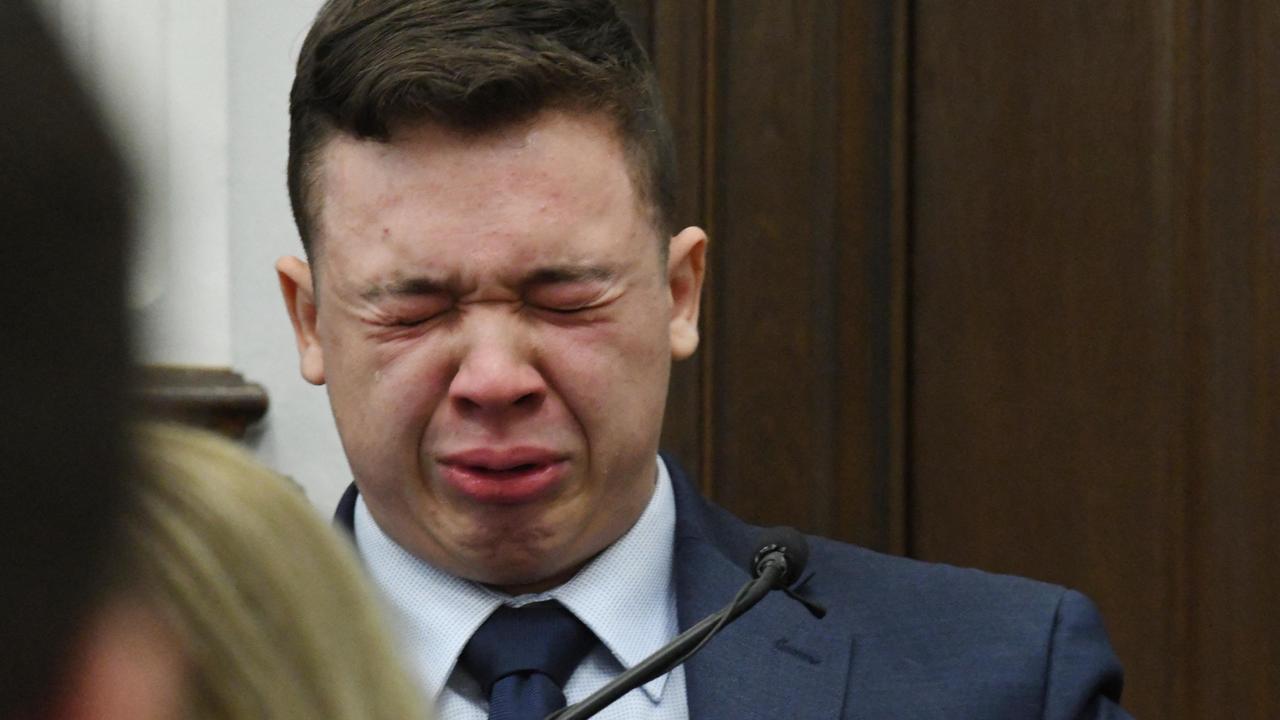
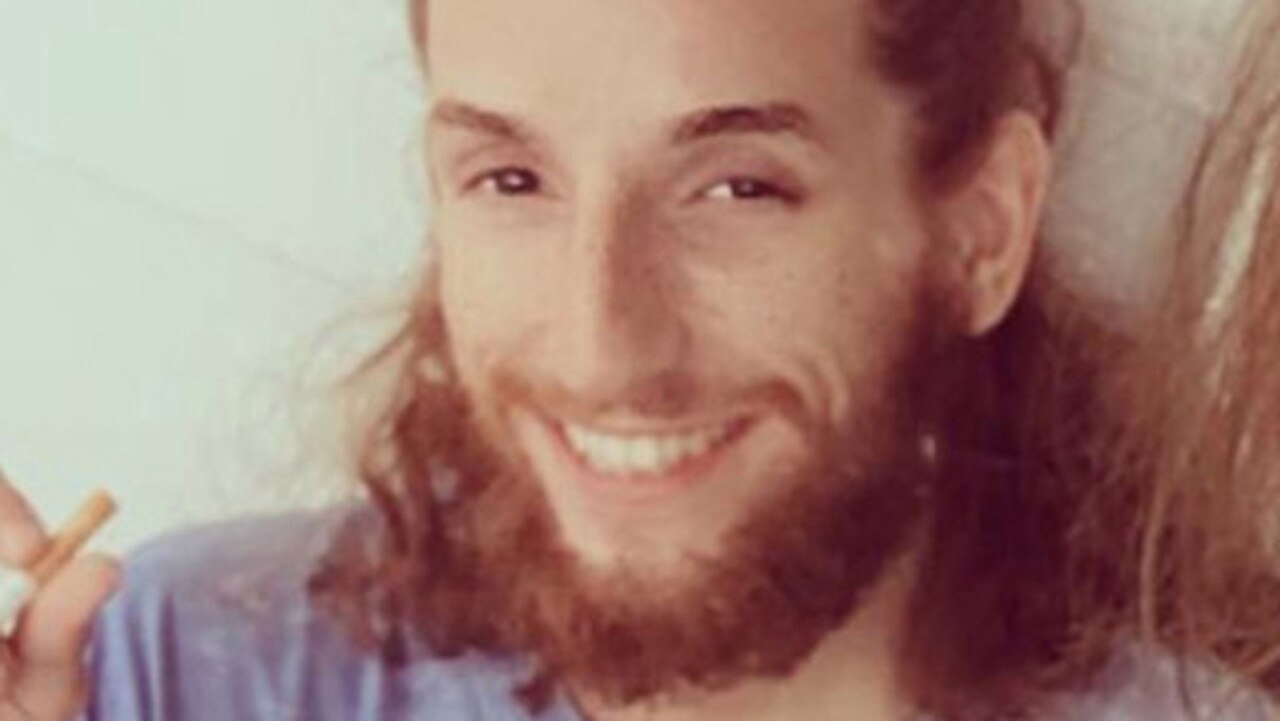
Rittenhouse faces five counts — one count of intentional homicide, one count of reckless homicide, one count of attempted intentional homicide and two counts of recklessly endangering safety.
The jury will have to render a unanimous verdict of guilty or not guilty on each charge.
The most serious charge — intentional homicide — carries a mandatory sentence of life in prison.
The case has drawn national attention because it arose from the “Black Lives Matter” demonstrations that swept the country last year.
Wisconsin Governor Tony Evers has put 500 members of the state National Guard on standby in the event of trouble following a verdict.
‘I defended myself’
Civil unrest erupted in Kenosha, a city of 100,000 on the shores of Lake Michigan, in August 2020 after a white policeman shot a Black man, Jacob Blake, several times during an arrest, leaving him paralysed.
In right-wing and pro-gun circles, Rittenhouse, who claims he went to Kenosha to protect businesses from arsonists and looters and act as a medic, has been painted as a heroic figure.
Testifying in court last week, Rittenhouse said he “didn’t do anything wrong.” “I defended myself,” he said. “I did not intend to kill them. I intended to stop the people who were attacking me.”
Binger, the prosecutor, said Rittenhouse — who lived in the neighbouring state of Illinois — had come to Kenosha as a self-appointed “junior policeman” and “made a series of reckless decisions.” “Nobody asked him to do that,” he said. “Nobody deputised him.”
Defence lawyer Mark Richards said Rittenhouse “didn’t shoot at anyone until he was chased and cornered.”
“Every person who was shot was attacking Kyle — one with a skateboard, one with his hands, one with his feet, one with a gun,” he said.



